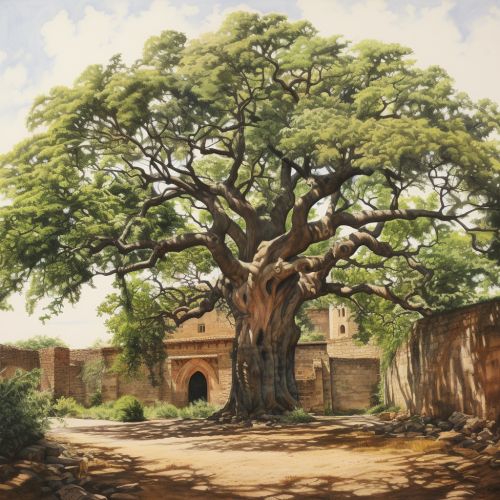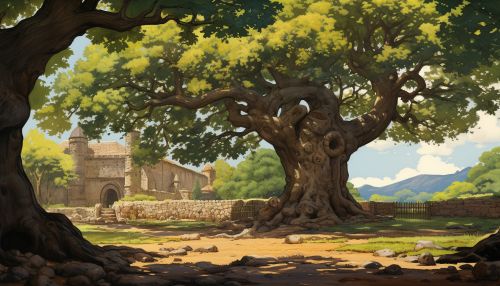Ficus Ruminalis
Introduction
The Ficus Ruminalis was a notable fig tree that had religious and mythological significance in ancient Roman culture. This tree is believed to have been located in the Roman Forum, the central hub of ancient Rome, where political, judicial, and social activities took place. The Ficus Ruminalis was associated with the foundation myths of Rome and held a central place in the city's religious practices.
Historical Significance
The Ficus Ruminalis was considered sacred due to its connection with the story of Romulus and Remus, the mythical founders of Rome. According to the legend, the tree stood near the Tiber River where the she-wolf (Lupa) found the abandoned twins and nursed them until they were discovered by a shepherd, Faustulus. This story is central to Roman mythology and the tree was seen as a symbol of the city's origins.


Botanical Description
The Ficus Ruminalis belonged to the Ficus genus, which includes over 800 species of trees, shrubs, and vines. Ficus trees are characterized by their unique "fruit", which is actually a specialized structure called a syconium. The Ficus Ruminalis, like other fig trees, would have produced these syconia, which are commonly referred to as figs.
Cultural and Religious Practices
The Ficus Ruminalis played a significant role in various religious practices and ceremonies in ancient Rome. It was often the center of rituals and offerings, particularly during the festival of Lupercalia, which was held annually on February 15. During this festival, the tree was decorated and honored as a symbol of fertility and prosperity.
Decline and Legacy
The original Ficus Ruminalis is believed to have died or been destroyed at some point during the Roman Empire. However, its legacy lived on through the practice of planting fig trees in its place, a tradition that continued for centuries. Today, the site of the Ficus Ruminalis is marked by a modern fig tree, a testament to the enduring cultural significance of this ancient symbol.
